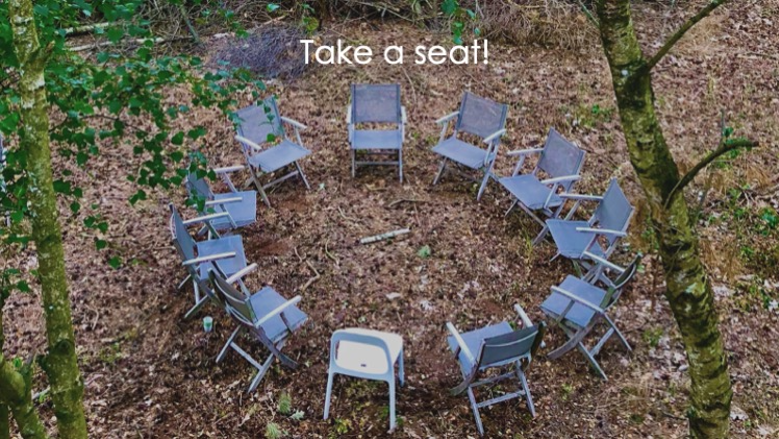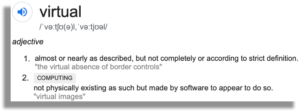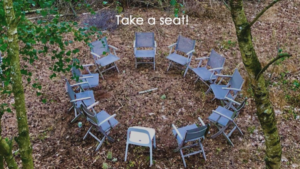

One of the upsides during this pandemic crisis has been that it forced all of us to be creative and solution focused. As in the past weeks everything turned virtual, so did team-coaching for us. And as by “virtual” we refer to “digital”, its other meaning is “almost like, but not completely as”. Being team coaches ourselves and loving to work in the here-and-now team dynamics, our deepest concern has been if virtual team coaching, will be “almost like”, but not the real thing.
In these past weeks we discovered, how important it is to rethink of the digital environment so that provides the right conditions for a team growth. We’d like to share our own ideas and practical learning, which may help you as a leader, team member or fellow coach.


- Multi-day workshop format
- Interval session format
- Duration and energy levels
- Visual connection as much possible
- Always on and staying present
- Being together from home
- Avoid turning the workshop into a webinar
- Digital team dynamics?
- Digital breakouts
- Ability to create random breakout groups or pre-define them.
- Allowing facilitators to get in and out of breakouts
- Timings announcement during sessions and
- Time count-down till the end of the breakout sessions, that meant strict time boundaries without negotiating with facilitators.
- Process checks



